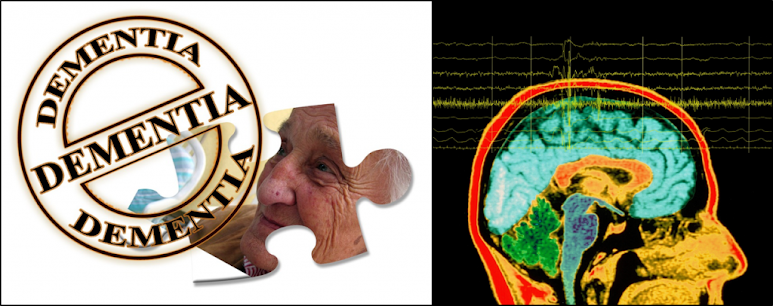Brain Signal Processing
MEG/EEG Signal Processing

-
- Brain researchers obtain brain signals from the human body using various characteristics, like electric field and magnetic field. MEG (Magnetoencephalography) and EEG (Electroencephalography) are representative non-invasive acquisition devices which use magnetic and electric field respectively. In order to extract features, avoiding noise – for mapping brain activities – brain researchers should apply proper signal processing techniques, such as preprocessing, ICA (Independent component analysis), phase synchronization, etc.
-
-
- These days, multi-modality analysis, which uses multiple brain signal acquisition devices, has come to brain research areas. Simultaneous measurement of MEG/EEG enables to record differently configured brain activations and it provides independent information for more accurate reconstruction of the brain sources. In addition, high-frequency oscillations in MEG such as gamma band activity have a strong correlation with cognitive processes but it was unmeasurable in EEG. In this study, we have been focusing on investigating the neurophysiological correlates of cognitive, visual and speech processing using simultaneous MEG/EEG signals to understand the underlying mechanisms of the brain.
Sleep Monitoring

-
- The purpose of this research is to understand the brain wave behavior during sleep and trying to generalize sleep quality. Sleep disorder has been a social problem around the world and interest in sleep hygiene (the recommended behavioral and environmental practice for better quality sleep) is on the rise in public. However, there exist many technical limitations for sleep-aiding devices or services. Using polysomnography (PSG) data with high-dimensional electroencephalography (EEG) processing method, we will develop the novel sleep data analysis method and try to introduce the sleep quality assessment.
Analysis of Alzheimer's Disease

-
- Using the rich experience on basic EEG research, our laboratory is trying to expand the research area into clinical research. Because of the increment of an aging population, neurodegenerative disorders (such as Alzheimer’s disease, Parkinson’s disease and etc.) have emerged as a serious problem. Alzheimer’s patients generally have trouble proceeding tasks about memorization, recognition, and commanding of languages. In this respect, we analyze the EEG data of Alzheimer’s patients which is recorded during performing the tasks. We may find some EEG features which are related to the sign or symptom of Alzheimer’s disease.
Multi-subject Emotional Decoding

-
- Recently, to interact with the audience in real-time, TV shows, programs, or concerts have interested in reflecting the audience’s responses to their contents. The conventional approach is collecting button responses for each audience by using small mobile devices. In this study, to achieve dynamic interaction, we collect bio-signals from multiple people (audience) and decode the bio-signals into emotional expression, for example, positive or negative, in real-time. Here, the bio-signal includes intra or outro information from human body. For intra information, we collect electrical signals from brain, eyes, muscle, and heart. For outro information, we record facial or motion expression and vocal sound by using depth camera and mic array. Therefore, we expect decoding bio-signal can provide objective responses rather than button responses (subject response). Furthermore, we hope that there is a possibility to decode various emotional expressions from the audience.